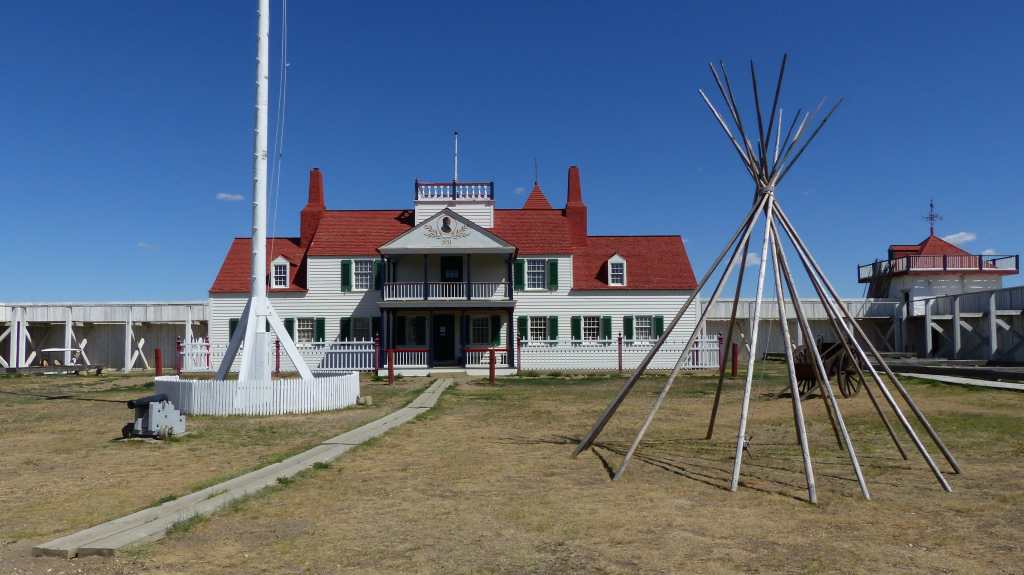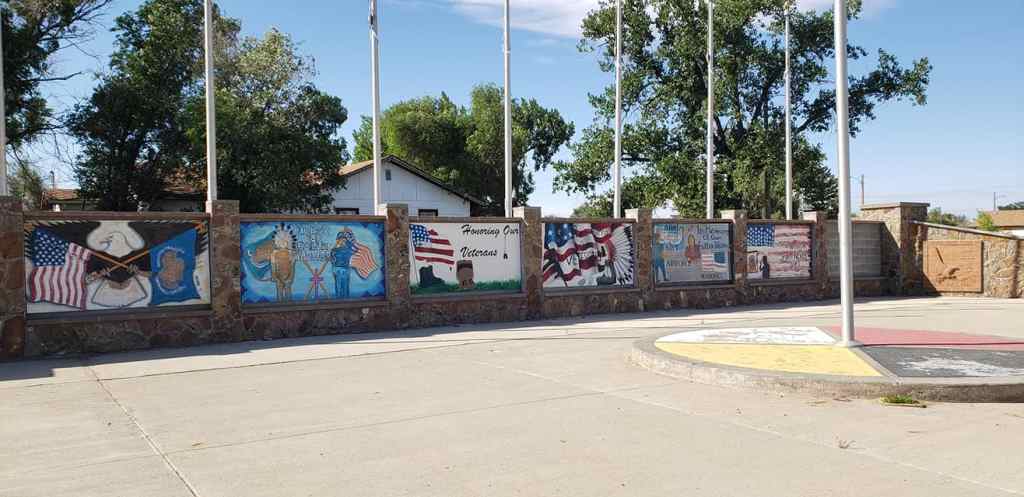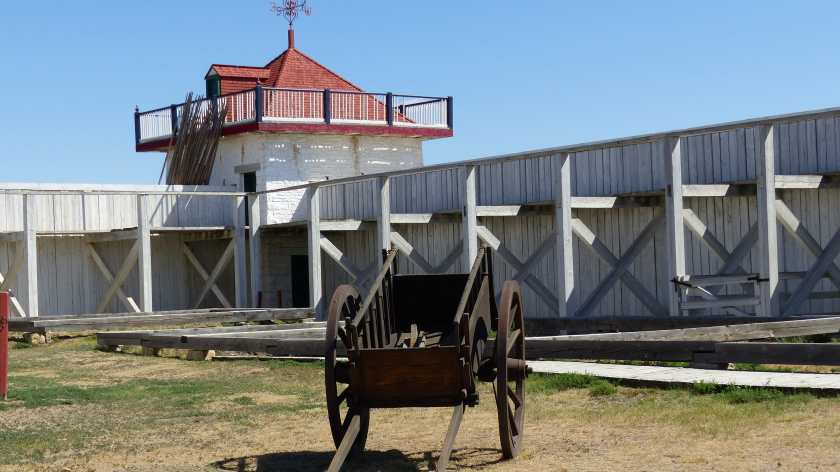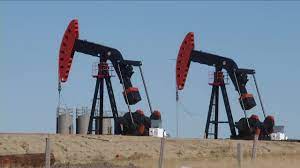Lewis and Clark used the Missouri River as a water highway on their quest to find a navigible route to the Pacific Ocean. We are staying close to that river on our travels through Montana and North Dakota. We say goodbye to Fort Peck and head towards Williston, North Dakota. The wind has come up once again and is not our friend. Luckily, its quartering from the west so not causing a great problem until the route takes us in a northerly direction- that’s when wrestling the gorilla begins.
The route takes us to US2, an east/west route favored by many RV’ers who wish to stay off of the interstates. The road is in good condition, wide shoulders and sports several passing lanes, chain up areas and some towns. That’s all good since we are speeding along at less than the 65 mile an hour limit, giving us a place to pull over when needed to let traffic pass.
Wolf Point, Montana
Passing the agricultural town of Glasgow we soon enter Wolf Point (2800 souls). Little is known about the early beginnings of this town or the origin of its name. The first non-Indian settlement came in 1875 when William Alderson, an Indian agent, brought a crew of workmen and a steam engine/sawmill to Wolf Point, establishing a subagency for the Assiniboine people. A small village grew, steamboats stopping in to deliver goods. The Great Northern Railway spelled doom for the steamboats. A depot was established in Wolf Point in 1887. Homesteaders came to the area by the droves to claim their “free land”.
Memorial to Native American Veterans
Wolf Point was on the huge Fort Peck Indian Reservation, the land was untouchable to homesteaders. So the Secretary of Interior “fixed” that little detail and signed the paperwork to open the Rez to homesteading in 1909- the official date was in 1914. Nonetheless, activity began as early as 1910- the first buildings were built on government land, surveying was done and when the big day, June 30, 1914 arrived there were long lines at the Federal Land Office in Glasgow. The town remains on the Fort Peck Reservation and is home of the annual Wild Horse Stampede, the oldest rodeo in Montana. As one can surmise, the population is 50.5% Native American.


Fort Union Trading Post Nation Monument is a little off the beaten path but worth visiting. The fort lies directly on the Montana/North Dakota border. The confluence of the Missouri and Yellowstone Rivers is nearby and we also visit that. It was never a government nor military fort, rather a trading post established by John Jacob Asor’s American Fur Company in 1828 at the request of the Assiniboine nation. Seven Indian nations traded furs for commodities brought in from all over the world.
It’s said that as many as 25,000 buffalo hides and other furs were traded annually. Fort Union was the most successful trading post on the Upper Missouri. Business continued until 1867 giving rise to a uniquely diverse, peaceful and productive cultural environment that helped make Fort Union the longest lasting fur trade post.
Missouri/Yellowstone Rivers Confluence (Yellowstone at center left)
Our destination is Lewis and Clark State Park, 20 miles east of Williston ND. Williston’s population grew by double to 29,749 souls since 2010 while the state’s population increased 15% during the same period to 779,094 souls. The North Dakota oil boom is largely responsible for that large increase. The city is located near the confluence of the Missouri and Yellowstone Rivers at the upper end of Lake Sakakawea reservoir. The city’s economy, historically agricultural, is increasingly driven by the oil industry.
Williston sits atop the Bakken formation which is predicted to produce more oil than any other site in the United States, even surpassing Alaska’s Prudhoe Bay, the longtime leader in domestic output in the US. Recoverable oil from the Bakken formation was estimated to be 4 billion barrels of oil in 2008, now thought to be 24 billion. The latest guestimators think that number could be in the 100’s of billions.
In 2019 the oil industry directly employed 24,000 people while supporting industries added an additional 35,000, employee benefits equaled $4 billion and state tax revenue nearly $22 billion. The oil industry has put a lot of people to work and I’m sure the politicians are delighted with the additional revenue.
















